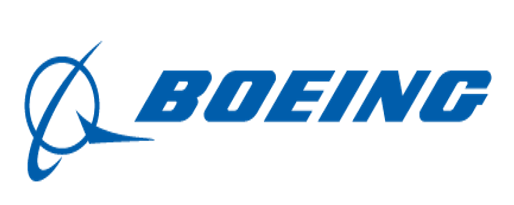Career Connection Overview
Teachers: We hope you enjoy teaching with SEE curriculum modules. We've begun to develop a parallel curriculum to introduce students, using our science modules, to real people in careers that correspond to the tasks in the lessons. Research shows that career education embedded into science content curriculum is more effective than career education presented apart or unconnected from content.
We've made a number of short videos of science at work. These include both science practitioners (not just “scientists”) and science at work in the community. We've tried to present interesting people; many of them arrived at their present work in ways you might not have predicted. We've also tried to emphasize the role of “systems thinking” in their work. Systems thinking, of course, is implied in our name “Institute for Systems Biology”. At ISB, we are interested in the kind of progress that can be made when using a holistic approach. Our research and analyses focus on the way a system's parts interrelate and how systems work over time and within the context of larger systems. The systems thinking approach contrasts with traditional analysis, which studies systems by breaking them down into their separate elements. These and other themes are introduced throughout our modules and their Career Connected Activities.
The overarching goals of the Career Connected Activities are to help students better understand themselves, make future educational plans, and verbally present themselves and their ideas. Another goal is to build deeper engagement with the content presented in each of the SEE modules.
Thus far, we have integrated Career Connected Activities into our Observing Beyond our Senses (OBOS) module. Next, we will integrate activities into our Introduction to Systems module. Then we will follow with all other modules in the coming months. In the OBOS module, the major part of the work students will do consists of interviewing. They'll interview each other, serving as both interviewer and interviewee, conduct self-assessments, use our short videos, and prepare, record, and present their own interviews. Hopefully, they'll have an opportunity to hear from a guest speaker, and/or conduct interviews with adult professionals they have access to. Within each module, you will notice there are both common and unique themes throughout the Career Connected Activities.
We've written a one-page question sheet for each video, which should help provide structure to the experience of watching each video. If you do not want to use this worksheet, but instead want to encourage student discourse, we recommend having students repeatedly consider and discuss questions such as those listed below (which are also integrated into the question sheets).
For each of the videos, discussion can build on these questions:
General Questions:
- Who is interested in this problem?
- What kinds of jobs and careers are involved with this problem?
- What education and work experiences are involved with this problem?
- Do I have skills and interests that could be involved with this problem?
- What am I interested in? How could I pursue that interest?
- How can I make myself ready for a job that might not even exist right now?
- How does a young person's interests lead to a career?
- What kinds of education are students getting that looks like it might not be directly related to a job?
General Questions on the Person Featured in the Video:
- What education does this person have?
- Did their long-ago plans lead directly to the job they have now?
- How is this person a “Systems Thinker'?
- How does “Systems Thinking” add to their ability to contribute?
Here are a few ways you can structure discussion around any of the videos and/or any of the above questions:
- Quick one question writing prompt. 5 minutes of writing. Share to class.
- Group/table 3 minute brainstorm on one question. Share to class.
- What questions would you like to ask this person? Role play an interview.
- What do you picture doing 10 years from now? Would this person be useful on your team? Role play a development committee in charge of company strategy & expansion.
Ultimately, we will make at least 20 of these types of videos and would appreciate your suggestions. In addition to showing these videos to your students, we encourage you to consider inviting a guest speaker whose work bears on the module's content. We have provided suggestions of careers throughout the modules and if you would like more suggestions, please reach out to us at see@isbscience.org.
Please note: these materials are currently drafts. We will update them over the next several months. We will add more resources such as formative and summative assessments, teaching aids, etc. Please share your feedback with us by emailing see@isbscience.org or by setting up a time to talk. Thank you!


